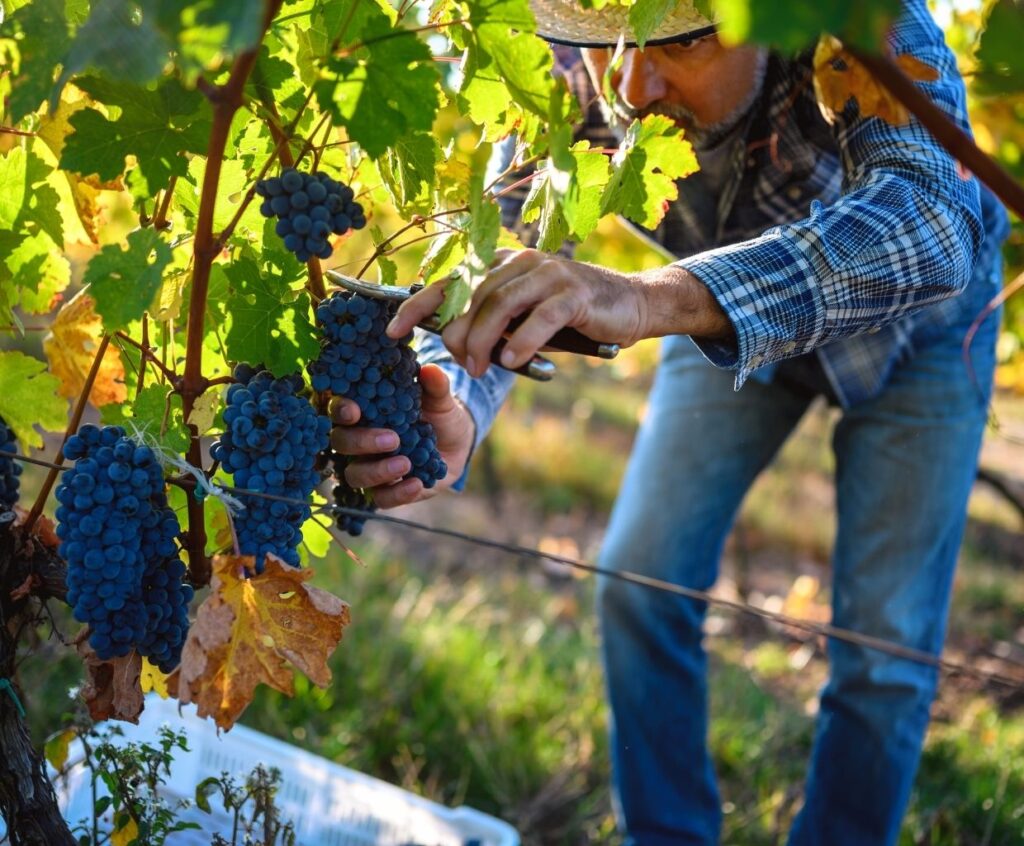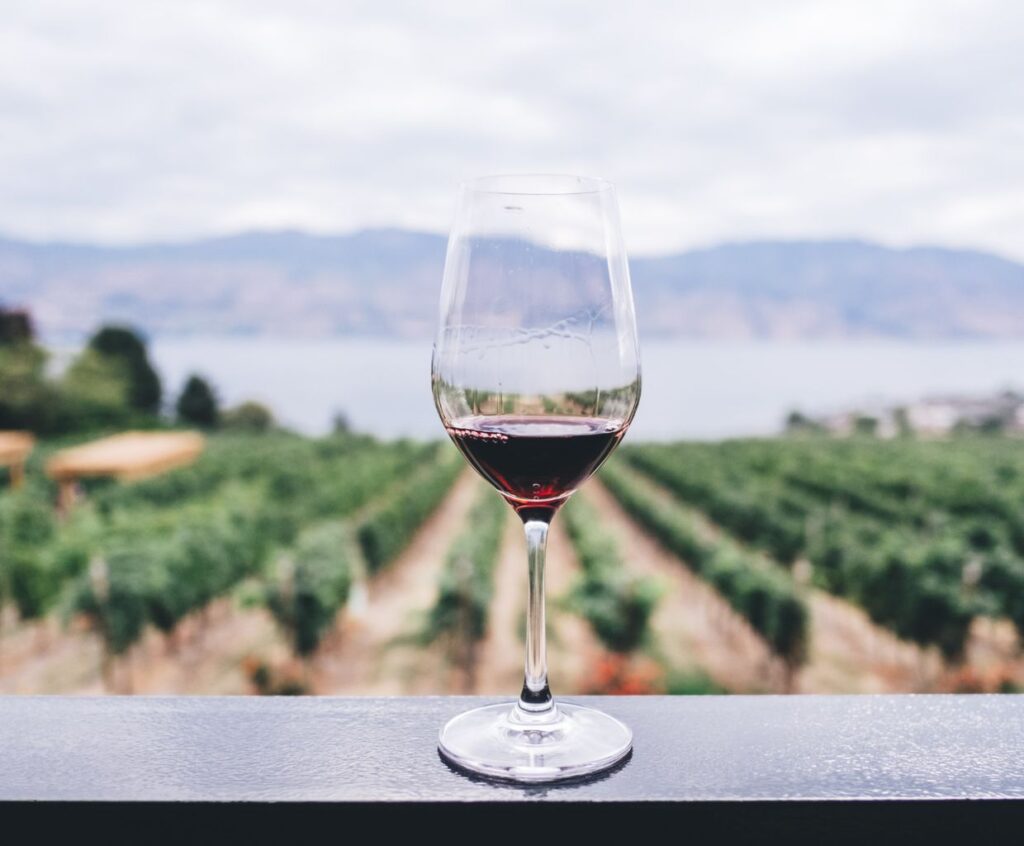Demystifying Grape Harvesting: Frequency and Factors Influencing Grape Harvests
Grape harvesting is a crucial step in the winemaking process. It determines the quality and flavor profile of the final product. Understanding the frequency and factors influencing grape harvests is essential for both grape growers and wine enthusiasts.
This article will delve into the fascinating world of grape harvesting, exploring the timing, techniques, and various elements that impact this critical stage of wine production.
Frequency of Grape Harvesting
Grape harvests typically occur once a year, during the late summer or early fall, depending on the grape variety and growing region. This is when the grapes have reached their optimal ripeness, balancing the desired sugar levels, acidity, and flavor compounds. The timing of the harvest is critical, as harvesting too early or too late can significantly affect the quality of the grapes and, consequently, the resulting wine.
Factors Influencing Grape Harvesting
Several factors influence the timing of grape harvests. Let’s explore some of the critical elements:
1. Grape Variety
Different grape varieties have varying maturation rates. For example, early-ripening grapes like Pinot Noir are typically harvested earlier than late-ripening ones such as Cabernet Sauvignon. Understanding the characteristics of each grape variety is essential for determining the optimal time to harvest.
2. Climate and Weather Conditions
Climate and weather play a significant role in grape maturation. Sunlight, temperature, and rainfall patterns throughout the growing season influence the grape’s sugar development, acidity, and flavor concentration. Cooler climates often result in longer growing seasons, allowing the grapes to reach full maturity slowly.
3. Vineyard Location and Terroir
The vineyard’s location and unique terroir, including soil composition, elevation, and microclimate, contribute to the grape’s characteristics. Each vineyard’s terroir creates a distinct environment that affects the grape’s growth and maturation. Grapes grown in different regions can have notable variations in ripening time.
4. Vineyard Management Practices
Vineyard management techniques, such as pruning, canopy management, and irrigation, can also impact grape ripening. Proper vineyard management ensures the grapes receive adequate sunlight and airflow, optimizing their development and leading to a successful harvest.
5. Winemaker’s Style and Preferences
Lastly, the winemaker’s style and preferences also influence the timing of grape harvests. Some winemakers prefer grapes with higher acidity and lower sugar levels, while others may seek riper grapes with more pronounced flavors. Each winemaker’s vision for the final wine guides their decision on when to harvest the grapes.
By understanding these factors and their interplay, grape growers and winemakers can make informed decisions about the optimal time to harvest their grapes, ensuring the production of high-quality wines that truly reflect their unique characteristics.
Are there specific grape varieties that require more frequent harvesting than others?
Yes, specific grape varieties require more frequent harvesting than others. Some grape varieties, such as Muscat and Gewürztraminer, have thinner skins and are more prone to rot, so they need to be harvested earlier and more frequently to avoid damage.
Other grape varieties, like Cabernet Sauvignon and Syrah, have thicker skins and can withstand longer hang times, allowing them to be harvested later and less frequently. The harvesting frequency also depends on the desired style of wine, as some winemakers may prefer riper or more concentrated flavors that come with extended hang times.
What role do vineyard management practices play in determining the frequency of grape harvests?
Vineyard management practices play a significant role in determining the frequency of grape harvests. These practices include:
1. Pruning: Pruning cuts back grape vines to control their growth and maximize fruit production. Proper pruning techniques can determine the number of grape clusters developing on the vines and the overall vine balance. Pruning can also affect the size and quality of the grapes.
2. Canopy management: Canopy management involves managing the foliage of the grapevines. This includes leaf thinning, shoot positioning, and trellising. Vineyard managers can influence sunlight exposure, airflow, and disease prevention by controlling the canopy. These factors can affect grape ripening and determine the optimal time for harvest.
3. Irrigation: Proper irrigation is crucial for grapevines to develop and ripen grapes. The timing and amount of water given to the vines can influence the grape growth cycle and determine the harvest date. Water stress can also be used strategically to manipulate the grape ripening process.
4. Crop load management: Crop load management refers to controlling the number of grape clusters on each vine. By adjusting the crop load, vineyard managers can balance the vine’s resources, such as sugars and nutrients, leading to better grape quality. Managing the crop load can also affect the ripening time and yield.
5. Pest and disease control: Implementing effective pest and disease control measures is essential in maintaining healthy grapevines. Certain pests and diseases can impact grape development and ripening. By preventing or managing these issues, vineyard managers can ensure that the grapes reach their full potential and are harvested at the right time.
By implementing proper vineyard management practices, vineyard managers can optimize grapevine health, grape quality, and ripening. This, in turn, determines the frequency and timing of grape harvests.
How does climate affect the timing of grape harvests?
The climate plays a significant role in determining the timing of grape harvests. The following are some ways in which climate affects the harvest timing:
1. Temperature: Grapevines have specific temperature requirements for ripening, and the climate can impact this process. Warmer temperatures can accelerate ripening, while cooler temperatures can delay it. The optimal temperature range for grape ripening varies depending on the grape variety.
2. Sunlight: Sunlight is essential for grapevines to photosynthesize and produce sugars crucial for fruit ripening. Adequate sunlight exposure is necessary for grapes to reach optimal sugar levels. Cloudy or overcast weather can delay ripening by reducing the amount of sunlight reaching the vines.
3. Rainfall: The timing and amount of rainfall can affect grape harvests. Excessive rainfall, particularly close to harvest time, can cause dilution of flavors and increase the risk of fungal diseases. On the other hand, drought conditions can lead to smaller grapes and reduced yields.
4. Humidity: High humidity levels can create a favorable environment for developing fungal diseases like mold and mildew. These diseases can impact grape quality and necessitate early harvesting to prevent further damage.
5. Seasonal variations: Different grape varieties have specific ripening periods. The length and timing of the growing season, including the onset of spring and the arrival of winter, can influence when grapes are ready for harvest. In regions with shorter growing seasons, grape harvests may occur earlier to avoid frost damage.
6. Altitude and microclimates: Altitude can significantly impact grape ripening. Cooler temperatures at higher altitudes can delay ripening, while lower altitudes may experience warmer temperatures, leading to earlier harvests. Additionally, microclimates within vineyards, influenced by factors like topography and proximity to bodies of water, can cause variations in ripening times.
Understanding these climate factors is crucial for grape growers and winemakers to determine the optimal time for harvest. They must balance sugar levels, acidity, flavors, and overall grape quality to decide when to pick the grapes for winemaking.




